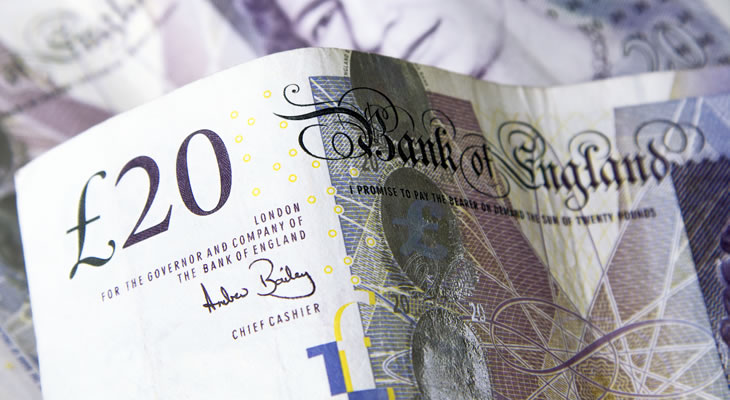Updated 12:53 BST 06/09/2017:
The Pound to Australian Dollar exchange rate touched on its best levels this week on Wednesday, as investors sold the Australian Dollar.
Despite concerns about Britain’s economy, GBP AUD advanced and trended near a high of 1.6373.
The Australian Dollar neared key psychological resistance levels against the US Dollar (USD), prompting investors to sell it.
[Previously updated 16:49 BST 05/09/2017]
GBP AUD fluctuated for most of Tuesday’s European session as investors anticipated Wednesday’s Australian growth results.
Sterling held away from its lows due to news that Norway’s sovereign wealth fund had raised its target for Pound bonds.
This indicated confidence in Britain’s economy and the Pound from one of the world’s biggest sovereign wealth funds.
The ‘Aussie’, on the other hand, was kept under pressure due to risk-aversion.
[Published 10:46 BST 05/09/2017]
The Pound to Australian Dollar exchange rate briefly touched a high of 1.6321 on Monday as investors sold risky currencies like the ‘Aussie’.
However, due to poor UK data and a relatively upbeat Reserve Bank of Australia (RBA), GBP AUD slipped today and hit a weekly low of 1.6194. Investors now await Australia’s Q2 growth results.
Pound (GBP) Struggles to Hold Ground as PMIs Fall Short
While last Friday’s UK August manufacturing PMI beat expectations, construction and services both fell short this week, weighing on Pound demand.
Construction was forecast to come in at 52, but instead dropped from 51.9 to 51.1.
The services print dropped too, from 53.8 to 53.2 and missed the forecast 53.5.
Services were disappointing due to the services sector being Britain’s biggest private sector. Analysts from Markit, which published the report, stated that the results were evidence that Britain’s economic activity was losing momentum.
Markit chief economist Chris Williamson also believed that Brexit uncertainty was damaging confidence in the economy overall;
‘The overall level of optimism also remained subdued, mainly linked to Brexit uncertainty, close to levels that have previously been indicative of the economy stalling or even contracting.’
With data continuing to fall short of forecasts and with the Brexit process still lacking in clarity, Investors have had little reason to buy the Pound.
The Bank of England (BoE) is now expected to have plenty of reason to hold UK monetary policy at its loosest levels on record too.
In the coming week, Pound trade could be influenced by July’s UK trade deficit update due Friday and August’s UK inflation rate next Tuesday.
If these, particularly inflation, beat expectations, the undervalued Pound could become more appealing and help GBP AUD to recover.
Australian Dollar (AUD) Sturdy Due to Domestic News
The Australian Dollar was able to advance against a weak Pound today, partially thanks to Australia’s latest domestic news giving investors reason to remain optimistic about Australia’s economic outlook.,
Australia’s latest balance of payments data indicated that Q2 exports will contribute more towards Gross Domestic Product (GDP) than previously expected.
This bolstered expectations for this week’s Australian growth stats and boosted ‘Aussie’ demand on Tuesday.
Investors were also encouraged by the Reserve Bank of Australia’s (RBA) September policy decision. The bank repeated its recent tone, remaining cautiously optimistic on the global and domestic economy while noting that Australia’s housing market continued to gradually recover.
Markets appeared to largely overlook RBA warnings about the value of the Australian Dollar, which RBA Governor Lowe stated was ‘weighing on the outlook for output and employment’.
Investors are now highly anticipating Wednesday’s Asian session, when Australia’s Q2 Gross Domestic Product (GDP) results will be published.
Analysts expect Q2 growth will have improved from 0.3% to 0.8% quarter-on-quarter and from 1.7% to 1.8% year-on-year.
If Australian growth meets or beats expectations, the Pound to Australian Dollar exchange rate is likely to see weak performance in the coming days as investors buy the ‘Aussie’.
Later in the week, Australia’s July trade balance results could influence AUD movement too. However, risk-aversion could cause AUD trade to slip again.
GBP AUD Interbank Rate
At the time of writing this article, the Pound to Australian Dollar exchange rate trended in the region of1.6206. The Australian Dollar to Pound exchange rate traded at around 0.6170.


Comments are closed.